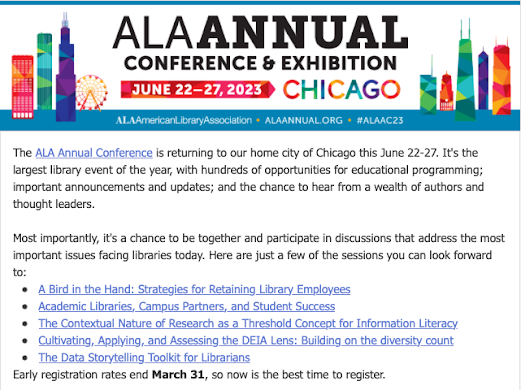The First R
The First R: How Children Learn Race and Racism by Debra Van Ausdale and Joe R. Feagin
Ausdale and Feagin together do a nuanced job of analyzing interactions among young children related to racial identity, showing that children as young as three years old see how racism operates in their worlds. They show how these children learn to avoid the topic of race around adults, just as adult avoid the topic around them. And yet young children are willing and able to engage in discussions of race among themselves, as long as they are outside of the earshot of adult authorities. They find that white children will be insistent about regulating how black children define themselves, looking at an example of an African-American girl who chose to represent her skin color with both brown and pink paint, which was met with vocal protest from several White girls. The African-American girl, however, was painting an image of both sides of her hands, and so defied the typical self-representation system of skin color by taking a more detailed approach to representing herself (pgs 58-62). That is just a snippet of this book that will be of great interest to anyone hoping to theorize preschool social behavior.
Two recent blog posts from Coloring Between the Lines related to this:
http://coloringbetween.blogspot.com/2011/10/they-didnt-get-that-from-me.html
and
http://coloringbetween.blogspot.com/2011/10/but-then-again-they-can-get-it-from-us.html
Ausdale and Feagin together do a nuanced job of analyzing interactions among young children related to racial identity, showing that children as young as three years old see how racism operates in their worlds. They show how these children learn to avoid the topic of race around adults, just as adult avoid the topic around them. And yet young children are willing and able to engage in discussions of race among themselves, as long as they are outside of the earshot of adult authorities. They find that white children will be insistent about regulating how black children define themselves, looking at an example of an African-American girl who chose to represent her skin color with both brown and pink paint, which was met with vocal protest from several White girls. The African-American girl, however, was painting an image of both sides of her hands, and so defied the typical self-representation system of skin color by taking a more detailed approach to representing herself (pgs 58-62). That is just a snippet of this book that will be of great interest to anyone hoping to theorize preschool social behavior.
Two recent blog posts from Coloring Between the Lines related to this:
http://coloringbetween.blogspot.com/2011/10/they-didnt-get-that-from-me.html
and
http://coloringbetween.blogspot.com/2011/10/but-then-again-they-can-get-it-from-us.html
